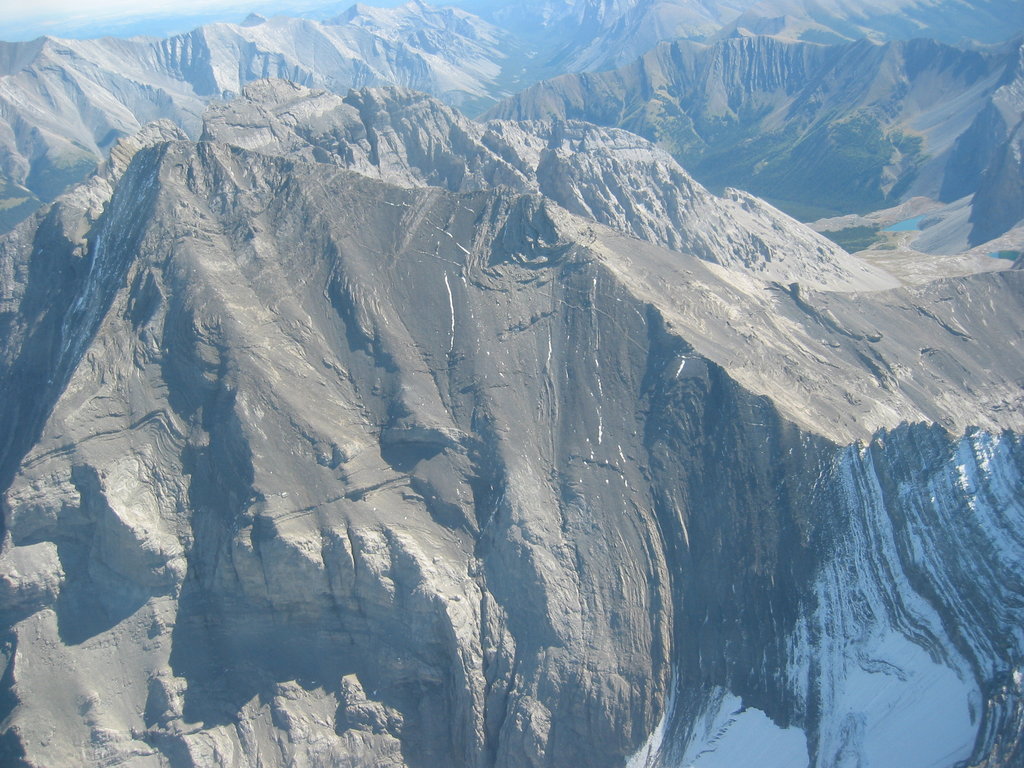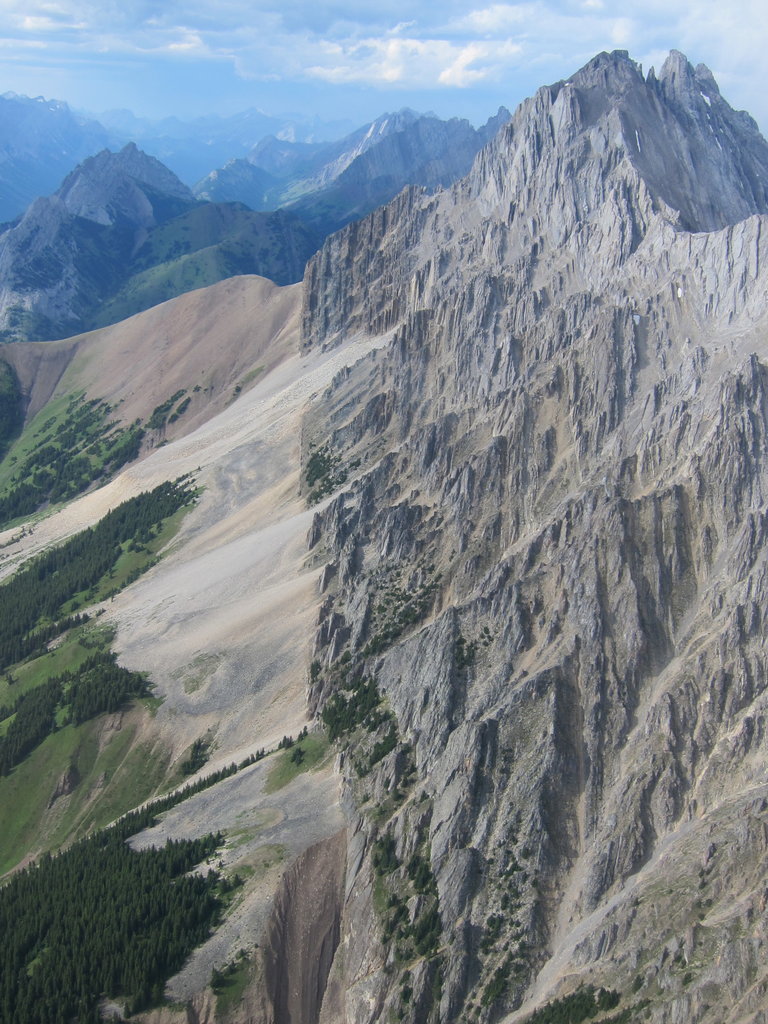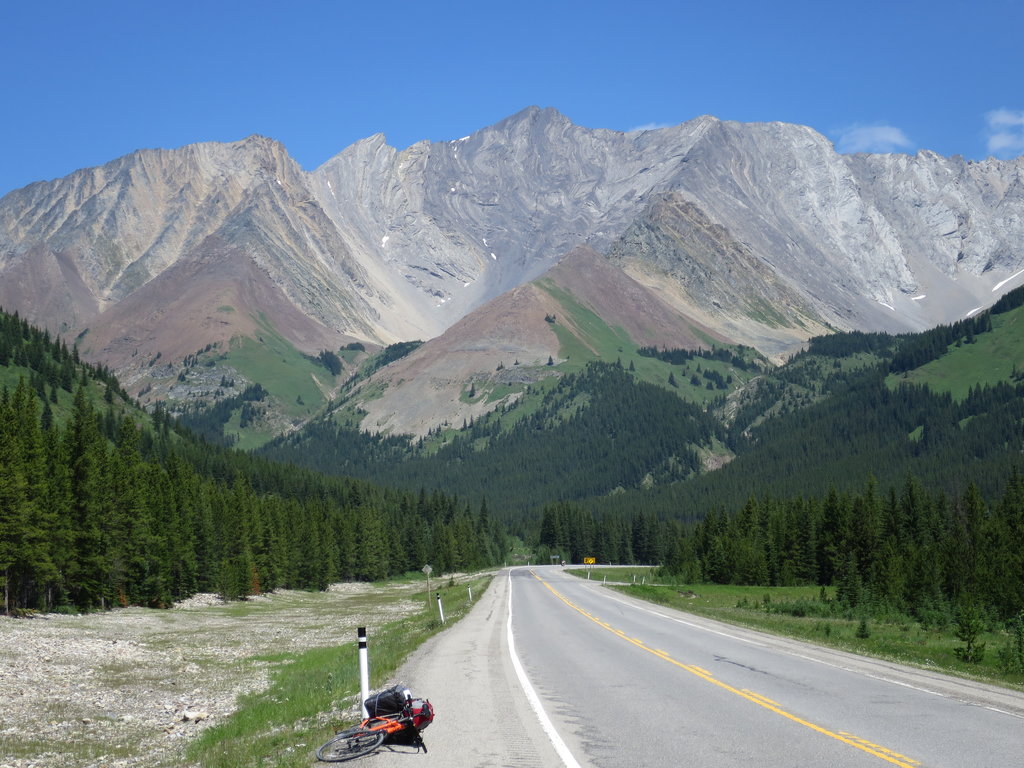Get PeakVisor App
Sign In
Search by GPS coordinates
- Latitude
- ° ' ''
- Longitude
- ° ' ''
- Units of Length

Yes
Cancel
Share ×

Scan the QR code and open PeakVisor on your phone
❤ Wishlist ×
Choose
Delete
The Elbow-Sheep Wildland Provincial Park is a protected region that lies in the southwestern region of Alberta, Canada along the border to British Columbia. The park was established in 1996 and spans 315 square miles across the province. There are 91 named mountains in Elbow-Sheep Wildland Provincial Park. The highest and the most prominent mountain is Mount Rae at 10,374 feet with 4,154 feet of prominence.
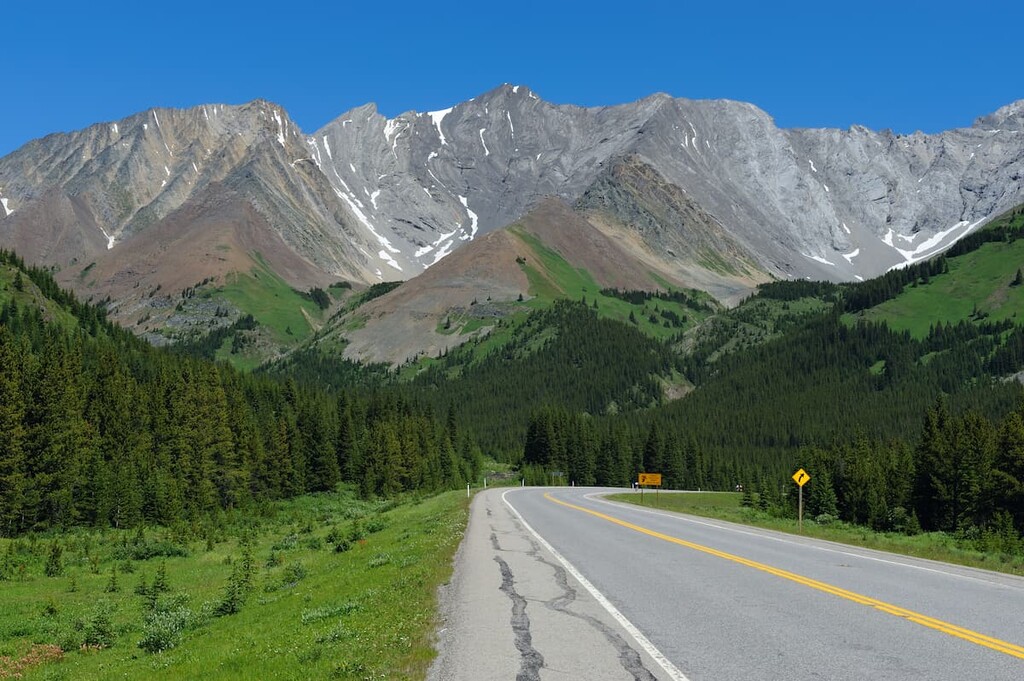
It is estimated that the Stoney and Tsuu T’ina peoples inhabited the region back in the 1700s and were later explored by Europeans during the 1840s. During the 1870s Treaty No.7 allowed the First Nation population to retain this land. In 1902 the region that is now the Elbow-Sheep Wildland Provincial Park was part of the larger Rocky Mountains National Park, which is known today as Banff National Park. The protection of the region has morphed over the past century to limit and outlaw logging, mining, drilling, and natural gas exploration in the park.
The park sits approximately 40 miles west of Calgary, making it easily accessible for the large population that inhabits the region. The rugged peaks that travel through the park are part of the Canadian Rocky Mountains. The landscape is dominated by the steep and jagged peaks of the Canadian Rockies, with the forests being mainly lodgepole pine and spruce trees. The close proximity to various glacier fed creeks and rivers helps create a nutrient dense soil where both flora and fauna can thrive.
Like much of the land that surrounds Banff National Park, the Elbow-Sheep Wildland Provincial Park is home to various large mammals. Populations include elk, grizzly bear, black bear, caribou, gray wolf, bighorn sheep, mountain goats and various others. Though all these animals are known to inhabit the area, a denser population of grizzly bears is found in Banff National Park. The headwaters that lie within the park are home to mountain whitefish, cutthroat trout, brook trout, and bull trout. A native population of trout can be found within Cougar Creek.
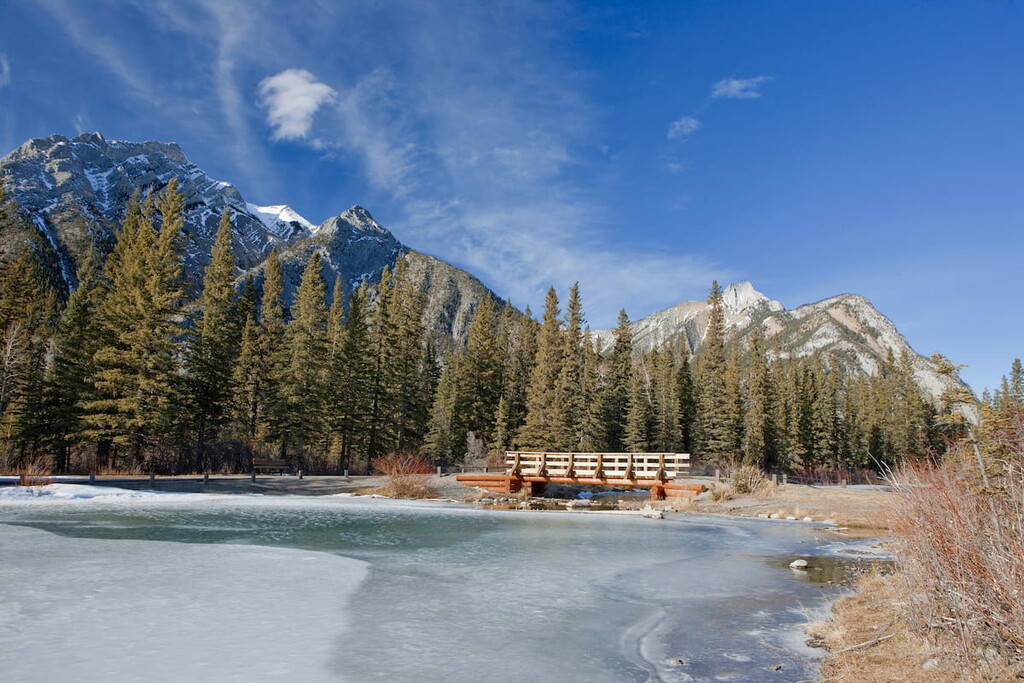
The park has access to nearly 47 miles of maintained trails that are shared for hiking, biking, and horseback riding. Along with these well marked trails, and also numerous information trails, and various backcountry campsites. The two main backcountry campgrounds are Romulus and Tombstone Creek, both along the Little Elbow Trail. Both campgrounds house ten campsites.
Picklejar Lakes: The most popular trail in the park is Picklejar Lakes right off of Highway-40. This 7.2-mile trail has 2,171 feet of elevation gain. The trail winds through the forest before climbing above the tree line to the pristine lakes surrounded by the rugged Rocky Mountains. There are four distinct lakes that make up Picklejar Lakes, all with views of Lineham Ridge towering above. Hikers can turn around at the lakes or climb even higher up to the top of Lineham Ridge.
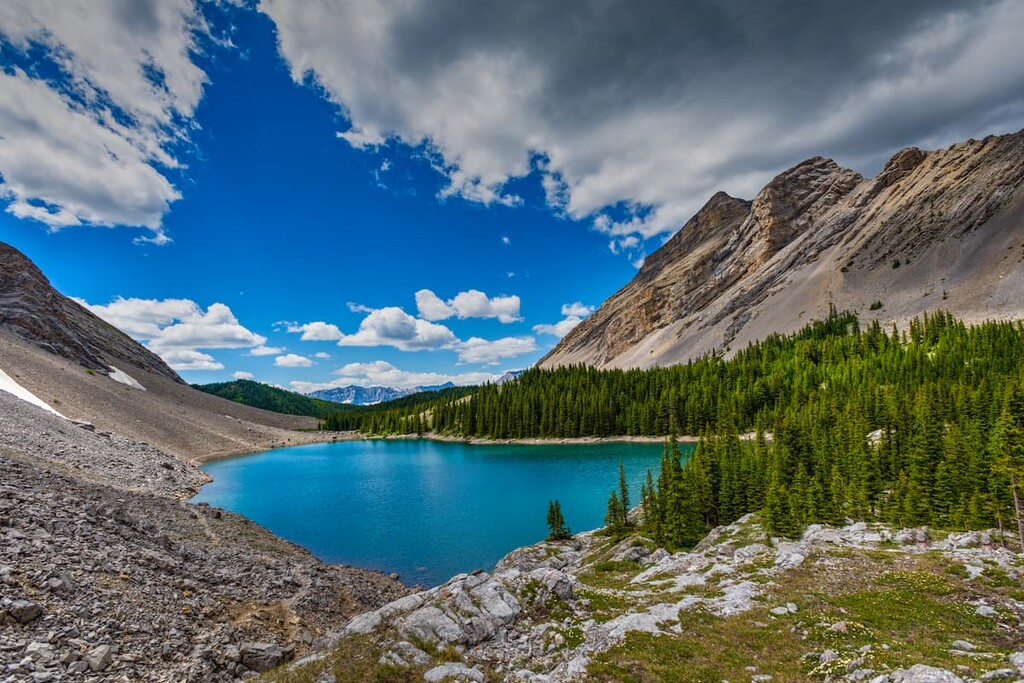
Edworthy Falls: The route to Edworthy Falls follows the Elbow Lake Trail. The route is six miles round trip with 1,300 feet of elevation gain. The trail climbs steadily up to Elbow Lake, which is reached at the first mile. Hikers then continue along a relatively flat trail to reach the iconic falls. The trail can be hiked throughout much of the year with winter months providing a chance to witness the frozen falls.
Mount Lipsett: Hikers who reach the summit of Mount Lipsett are rewarded with some of the most spectacular views in the entire park. The trail is 8.2 miles roundtrip with 2,286 feet of total elevation gain. The incline is gradual over as it winds through the forest and eventually reaches above the tree line. From the rugged peak of Mount Lipsett, are views of the surrounding Rocky Mountains, complete with their distinct layers of rock.
Banff is an iconic resort town located in Alberta, Canada and is located an hour northwest of the Elbow-Sheep Wildland Provincial Park. The city is located within the Banff National Park which sits in the Rocky Mountains. The crystal blue waters of Lake Louise have been named as one of the most beautiful places in Canada, as well as the world. During the summer months the town is full of tourists looking for their next outdoor activity. In the winter months skiing, snow shoeing, and cross-country skiing are available due to the proximity to the mountains. Banff National Park was the first park to be established within the country. The city sits just two hours northeast to the east side of Purcell Wilderness Conservancy Provincial Park.
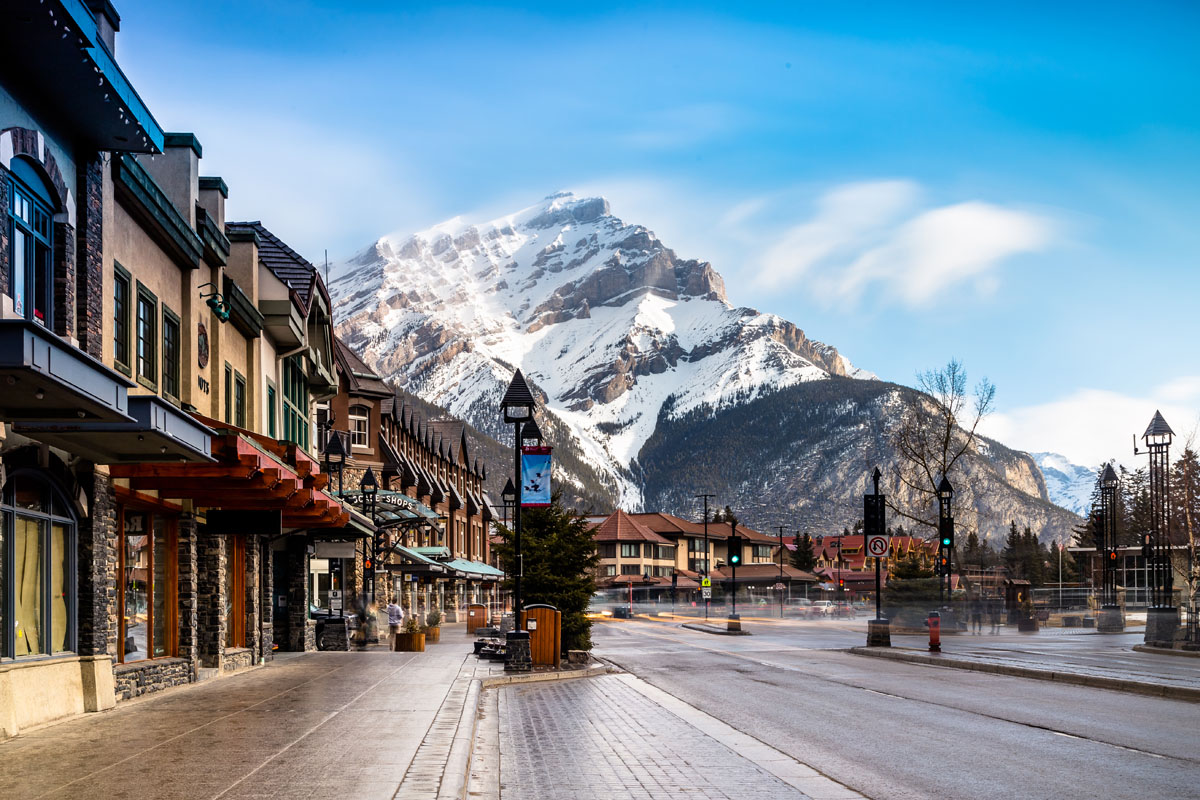
Located an hour east of Elbow-Sheep Wildland Provincial Park, lies the city of Calgary, Alberta. This major city is located at the confluence of the Elbow and Bow Rivers in the foothills of the Canadian Rockies. The city has a population of 1.4 million making it the fourth largest city in the entire country of Canada. Due to its proximity to the mountains, Calgary is a popular destination for outdoor sports. In the summer months the city is full of hiking, running, and mountain biking trails. In the winter months the area is full of skiing, cross-country skiing, hockey, and snowshoeing.
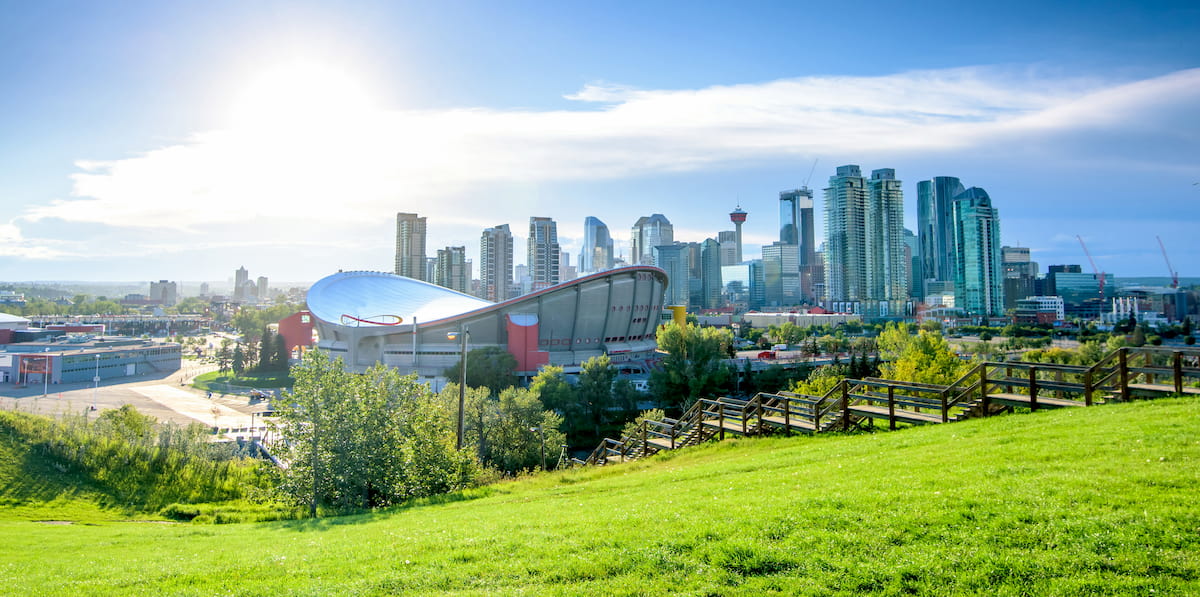
Explore Elbow-Sheep Wildland Provincial Park with the PeakVisor 3D Map and identify its summits.





